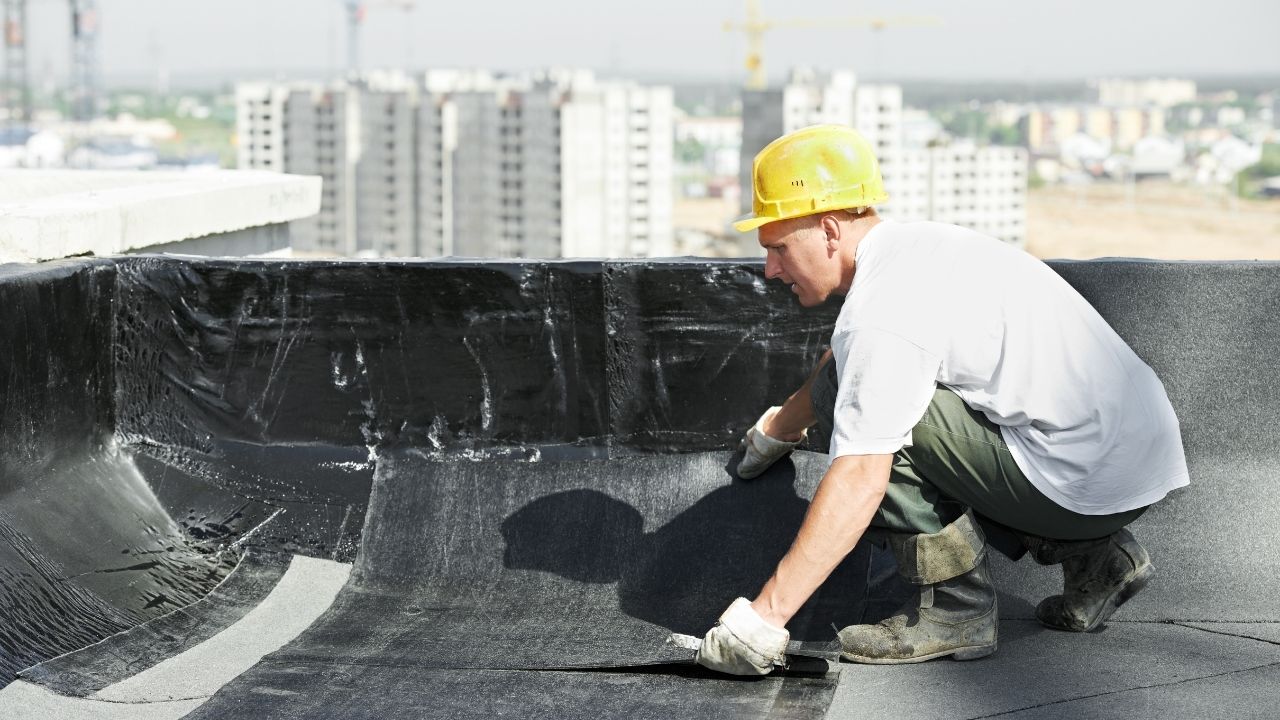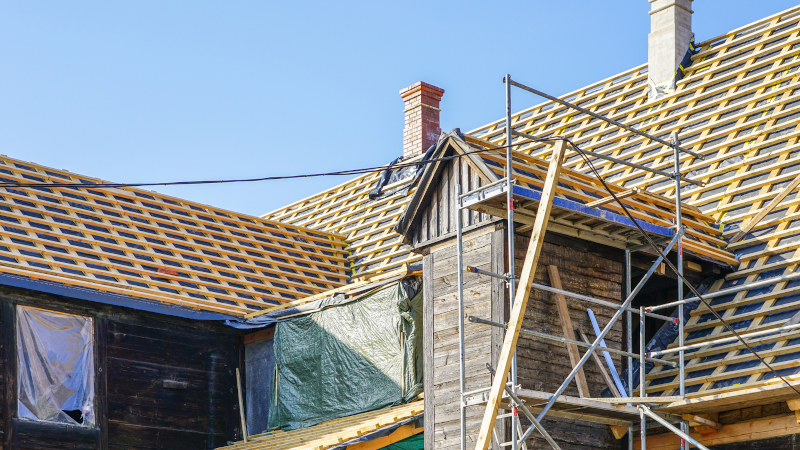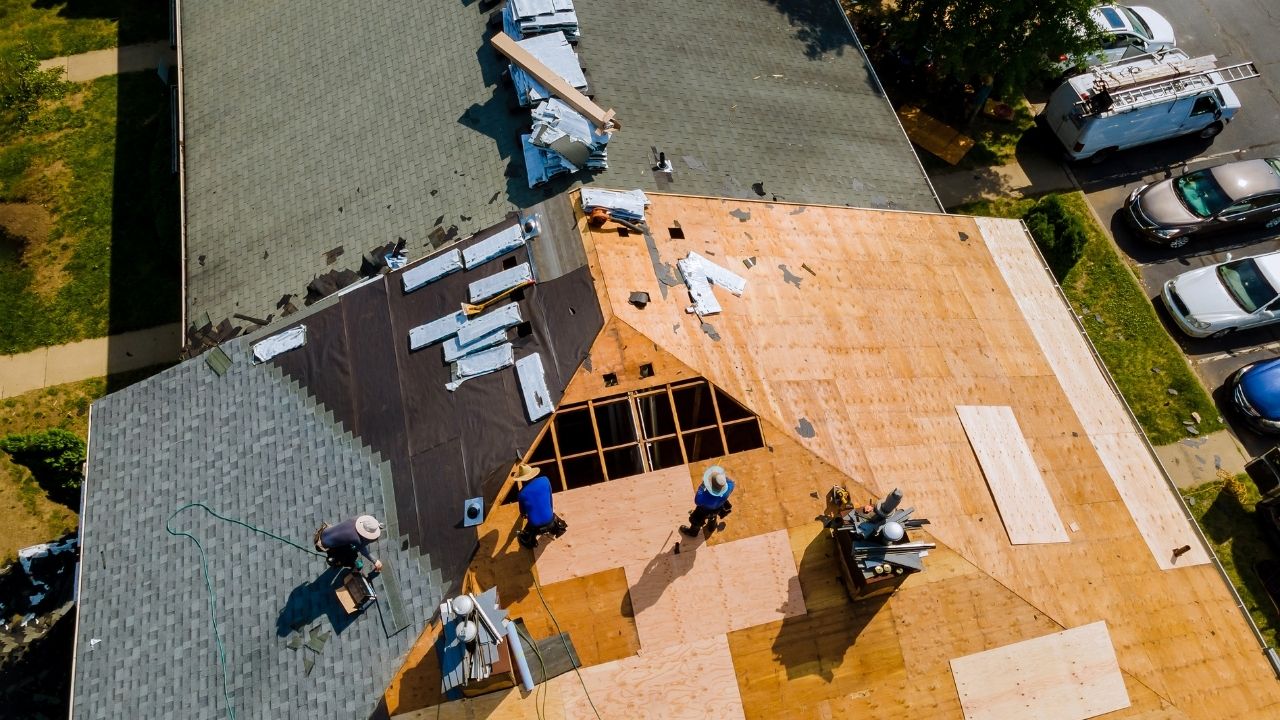
Roofing PVC is one of the best roofing materials for flat roofs. It is lightweight, chemically impervious and difficult to puncture. It is not a fast hitter in roofing. It will be used on more roofs than flat roofs in the future. Here are some tips for keeping your PVC roof in great condition. Check for cracks, rips, or other damage to the flashing and seams after heavy rain. Contact a roofing specialist if you spot any of these symptoms.
Polyvinyl chloride (PVC) roofing is extremely durable. PVC is fireproof, which makes it a better roofing material than others. PVC is made from chlorine, which is why it is fire resistant. The membrane is extremely resistant to fire. PVC roofing will last for many more years than any other material. Here are some of the great things about a PVC roof.

PVC roofing is also durable and can be maintained easily. It is a popular choice for Sacramento property owners due to its ease of installation. It is extremely resistant UV damage and chemical. It is impervious to high winds, punctures, and other extreme weather conditions. It is the best roofing material for homes that experience extreme weather. PVC roofing can handle any type of roof.
PVC roofing also has the advantage of being fire resistant. Most other roofing materials will burn when exposed to a fire. PVC is much more resistant than EPDM and is therefore not as flammable. While it costs more than EPDM but is still a great option for low-slope roofs, PVC is a great choice if you are looking for a roof that will last and be easy to maintain.
Choosing a PVC roof is a good choice for your home. PVC offers many advantages, including energy efficiency and aesthetic appeal. PVC is highly resistant to extreme temperatures and has a long life span. PVC won't catch fire in the event that there is a fire. This makes it a good choice to use for roofs with low wind resistance. It's also durable and can be used for years.

Choosing PVC roofing is not for everyone. PVC roofing is not the best choice for low-slope roofs. It's not durable but you should consider the cost of maintaining it. For homes with low-sloped roofs, single-ply PVC roofing can be a great option. The material is economical and comes in many color options. It is easy to maintain. Because it is long-lasting, you will never have to re-roof.
PVC roofing is great for flat roofs. But it's not the best choice in extreme weather and cold. PVC roofing may not work for certain homes because they are not weather-resistant. For these reasons, you should only use it if you absolutely have to. It is more durable than many other types. Choose a PVC rooftop if you're concerned with fire resistance.
FAQ
Can I rent a dumpster?
After completing a home renovation, you can rent an dumpster. A dumpster can be rented to help keep your yard clean and free of trash.
How important do you need to be preapproved for a mortgage loan?
Pre-approval is crucial for getting a mortgage. It gives you an idea how much money it will cost. It helps you to determine if your loan application is eligible.
How much does it cost for a house to be renovated?
Renovations usually cost between $5,000 and $50,000. Renovations can cost homeowners anywhere from $10,000 to $20,000
How Much Does it Cost to Renovate a House?
Cost of renovations depends on the material used, how large the job is and how complex it is. Certain materials, such as wood, require special tools like drills and saws. Others like steel don't. The price of renovation also varies depending upon whether you want your contractor to do everything for you or if you prefer doing some work yourself.
Home improvements can cost anywhere from $1,000 to $10,000 on average. The average cost of home improvement projects would be between $5,000 and $25,000. You could also spend as much as $100,000 if you do it all yourself.
It is important to know that renovation costs can be affected by many factors. You should consider the material used, such as brick vs concrete. They include the type of material used (e.g., brick vs. concrete), the size and number of workers involved, as well as the length of each project. These factors must be taken into consideration when estimating the cost of renovation.
How many times should I change my furnace filter?
It all depends on how frequently your family uses your home heating system. You might consider changing your filter less frequently if you are likely to be away from your home for extended periods during the cold months. If you are not likely to leave your house for long periods of time during cold weather months, you might be able make more frequent changes.
The average furnace filter will last approximately three months. This means you should change your furnace filters once every three months.
Check the manufacturer's guidelines for when you should change your filter. Some manufacturers recommend replacing your filter after each heating season, while others suggest waiting until there is visible dirt buildup.
Which order should you do your home renovations?
First, decide where you want everything to go in your renovations. You should consider how you want to market your home to potential buyers if you are planning to sell your house soon. Next, think about how you want your living space, including the kitchen, bathroom and living room. After you've decided on the rooms that you wish to renovate, it is time to start searching for contractors who are experts in these areas. Once you have hired a contractor you can begin work on your renovation project.
Statistics
- According to the National Association of the Remodeling Industry's 2019 remodeling impact report , realtors estimate that homeowners can recover 59% of the cost of a complete kitchen renovation if they sell their home. (bhg.com)
- It is advisable, however, to have a contingency of 10–20 per cent to allow for the unexpected expenses that can arise when renovating older homes. (realhomes.com)
- On jumbo loans of more than $636,150, you'll be able to borrow up to 80% of the home's completed value. (kiplinger.com)
- They'll usually lend up to 90% of your home's "as-completed" value, but no more than $424,100 in most locales or $636,150 in high-cost areas. (kiplinger.com)
- A final payment of, say, 5% to 10% will be due when the space is livable and usable (your contract probably will say "substantial completion"). (kiplinger.com)
External Links
How To
How do I plan for a whole house renovation?
Planning a home remodel takes planning and research. Before you even start your project there are many important things that you need to take into consideration. The first thing to do is decide what kind of home renovation you want. There are several categories you can choose from, such as bathroom, kitchen, bedroom, living area, and so on. Once you've chosen the category you want, you need to decide how much money to put towards your project. If you have never worked on homes, it is best to budget at most $5,000 per room. If you have experience, you may be able to manage with less.
Once you've determined the amount of money you can spend, you need to decide how large a job you want. For example, if you only have enough money for a small kitchen remodel, you won't be able to add a new flooring surface, install a new countertop, or even paint the walls. However, if enough money is available to complete a kitchen renovation, you should be able handle most things.
Next, you need to find a contractor who is experienced in the type project that you want. This way, you'll be guaranteed quality results and you'll save yourself a lot of headaches later on down the road. Once you have found a reliable contractor, it is time to start gathering supplies and materials. You may need to purchase everything from scratch depending on the size and scope of your project. However, there are plenty of stores that sell pre-made items so you shouldn't have too much trouble finding everything you need.
Once you have all of the necessary supplies, you can start making plans. Begin by sketching out a rough plan of where furniture and appliances will be placed. The next step is to design the layout of the rooms. Make sure that you leave space for plumbing and electrical outlets. You should also place the most frequently used areas closest to the front door, so visitors have easy access. The final step in your design is to choose colors and finishes. Keep your designs simple and in neutral tones to save money.
Now that you're finished drawing up your plan, it's finally time to start building! It's important that you check the codes in your area before you start construction. While some cities require permits, others allow homeowners to construct without them. When you're ready to begin construction, you'll first want to remove all existing floors and walls. The next step is to lay plywood sheets on your new flooring. You will then attach or nail pieces of wood together to make the cabinet frame. Finally, attach doors and windows.
When you're done, you'll still have a few finishing touches to do. You might want to cover exposed pipes or wires. You will need to use tape and plastic sheeting for this purpose. You'll also want to hang pictures and mirrors. Make sure to keep your work area neat and tidy.
You'll have a functional home that looks amazing and is cost-effective if you follow these steps. Now that you are familiar with how to plan a whole home remodel project, it is time to get started.